Recently launched video game Battlefield 1 has received rave reviews for it’s outstanding story, multiplayer game experience and overall production values. In particular, reviewers are impressed by game developer DICE’s achievement in generating the game’s visuals. In this article 3DPI take a look at how 3D scanning was used to create the extremely high level of detail in geometry and texture.
Photogrammetry, 3D scanning technology that enables a realistic model to be constructed with the help of a series of photos from the real world, is key to the success of Battlefield 1’s near photo-realism. In the past 4 years, this technology has gained more prominence in the video game industry with titles such as L.A. Noire, The Vanishing of Ethan Carter and soon to be released Resident Evil 7. These games have seen production times reduce while the level of detail continues to increase, aided by 3D scanning.

DICE and Photogrammetry
DICE began experimenting more extensively with photogrammetry during development of the most recent edition of their other main game series: Battlefront – a Star Wars universe based multiplayer third person shooter. An interesting explanation of the method can be found here. In the video Andrew Hamilton, Lead Environment Artist at DICE, speaks about the implementation of this technology in the production process at DICE. In the game development for Star Wars Battlefront, the DICE team used photogrammetry to digitize a large number of props from the original movies with a high level of detail, although the main use of this technology was environment creation.
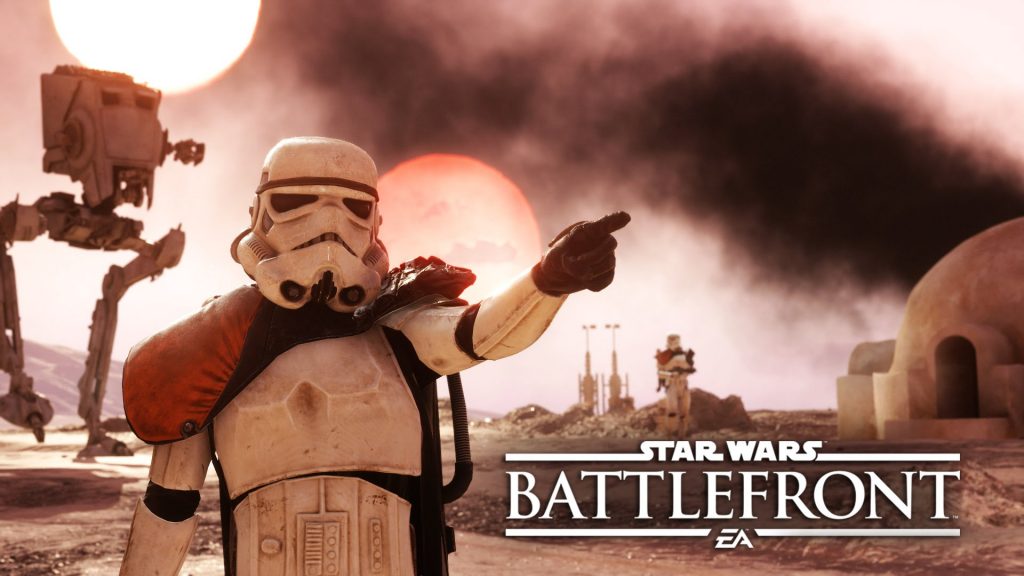
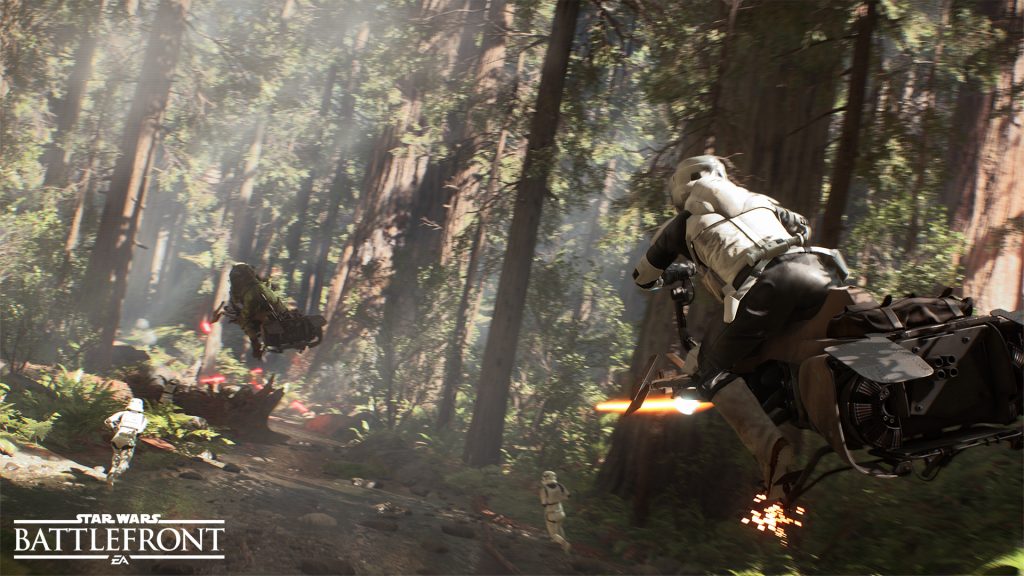
Photogrammetry allows developers to recreate digitally both specific individual objects as well as entire locations. Battlefield 1 uses this to recreate historical WWI war scenes. First their team travelled to various real world locations with a Canon 6D DSLR camera to capture the different settings where the game took place, being careful to capture as many pictures as possible from every angle. Back in the studio, the digital artists at DICE mainly used Photoshop to edit the images that then were fed to Agisoft Photoscan as the main processing package. The team also experimented with newer software solutions such as RealityCapture to recreate a digital version of the images.
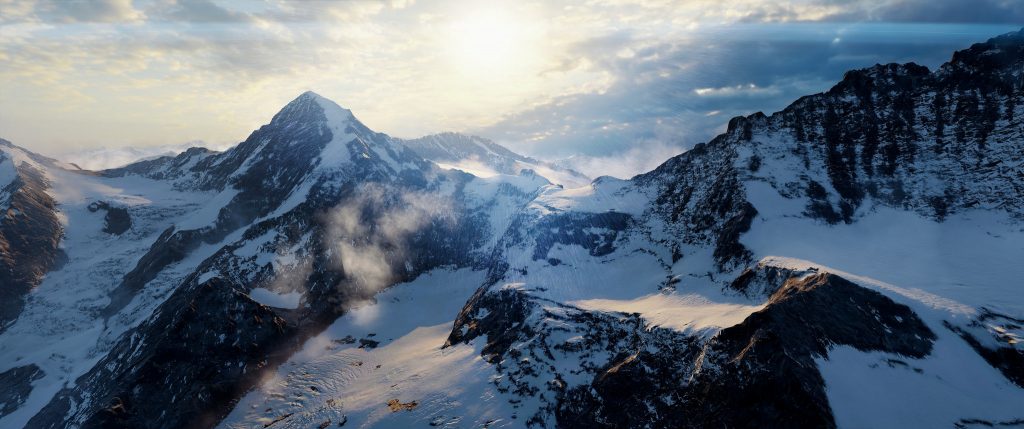
Not everything could be photogrammetrized though. Elements such as plants continue to be a challenge for this technology because they produce visual noise, and larger geometric structures such as buildings and non-organic objects were created with traditional 3D modelling techniques.
The Present and Future
The results are impressive and part of what makes photogrammetry so realistic is the way it allows digital artists to capture the behavior of light with different materials. As console and computer specs continue to advance, so does the need for faster and more financially accessible means of creating realistic 3D assets. Using photogrammetry and texture mapping in this way can assist with optimizing games, this means that less system resources are required and processing power freed up to use on other tasks, for example in game physics or enemy AI. Photogrammetry, while not a new technique, is becoming an industry favorite for this reason. For a game to have this level of realism, a variety of tools including photogrammetry, lidar and 3D modelling were combined.
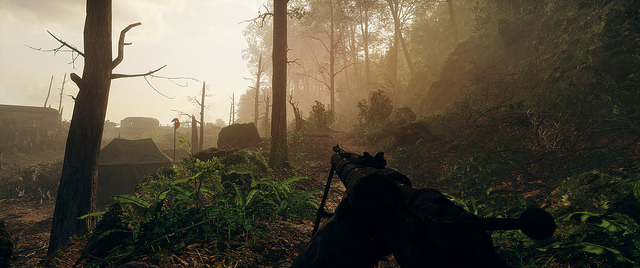
If you want to begin experimenting with 3D scanning and need a bit of motivation (does winning an Occulus Rift or HTC Vive count?), then check out the Autodesk DesignByCapture competition.
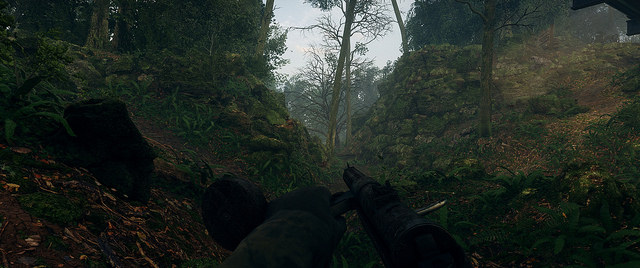
Battlefront 1 images from X-Nergal-X flickr account where even more images captured at 7K 21:9 settings can be found.



